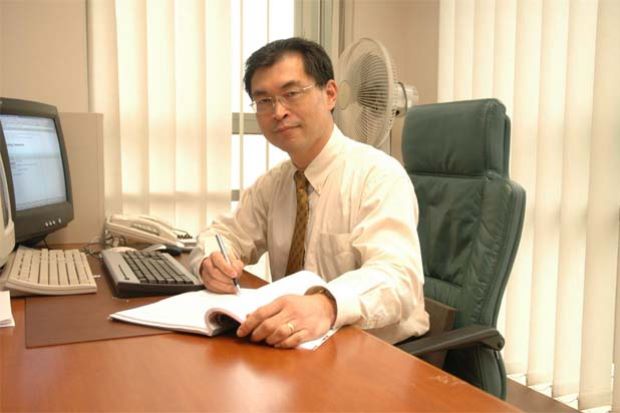In its mid-year market outlook report today, Manulife Asset Management Services head of total solutions and equities investments Tock Chin Hui said the revival of major infrastructure projects is expected to pump-prime the economy for the second half of the year.
"Malaysia corporates and consumers are expected to spend more due to the progressive disbursements of tax refunds and the resumption of infrastructure projects, which will eventually drive domestic consumption, and investor sentiment is expected to improve as the government continues to embark on structural changes to overhaul the economy and future-proof it.
"Looking ahead, Malaysian equities offer attractive dividend yield and significant defensiveness amid uncertainty caused by trade tension. The Malaysian market is expected to show resilience and could outperform regional peers given its defensive trait and year-to-date laggard performance," said Tock.
Commenting on the region, Manulife said Asian assets could offer opportunities given their resilience to market volatility in the first half of 2019.
It said Asian equities have held up strongly despite the negative impact of escalating Sino-US trade tensions, and the US Federal Reserve's increasingly dovish stance has allowed Asian bonds to remain in a good position.
Manulife Investment Management chief economist and head of macroeconomic strategy Frances Donald said central banks have entered a global easing cycle in response to the deteriorating global growth activity and heightened uncertainty surrounding international trade policy.
"This uncertainty has created a confidence shock that is slowing global hiring and business investment along with global trade.
"We expect the Federal Reserve will cut rates at least twice in 2019 as insurance against deteriorating growth in the face of heightened uncertainty but also to stoke inflationary pressures which have been absent.
"Should trade tensions re-escalate in the second half of the year, we would expect the Federal Reserve to respond with more than two rate cuts," said Donald.
Source link
Related posts:
“The US may settle into the malaise it
found itself in, during the 1970s, before the present wave of
globalization. It may survive bu...
The Tanjong Pagar container terminal in
Singapore . Shock contraction in quarterly GDP raises
risk of job losses
https://youtu.be/tpB7A1iKc5E Westerners do not understand how vital a competent government is in China. 中国政府有时就像家长,既要赚钱养家又做好榜样 Se...
Not much help: Despite his use of tariffs
to help skew the playing field in favour of US firms, the very
industries Trump has tried to h...
Illustration: Liu Rui/GT US
President-elect Donald Trump appointed Peter Navarro, a strident critic
of China, as head of the new Nat...










